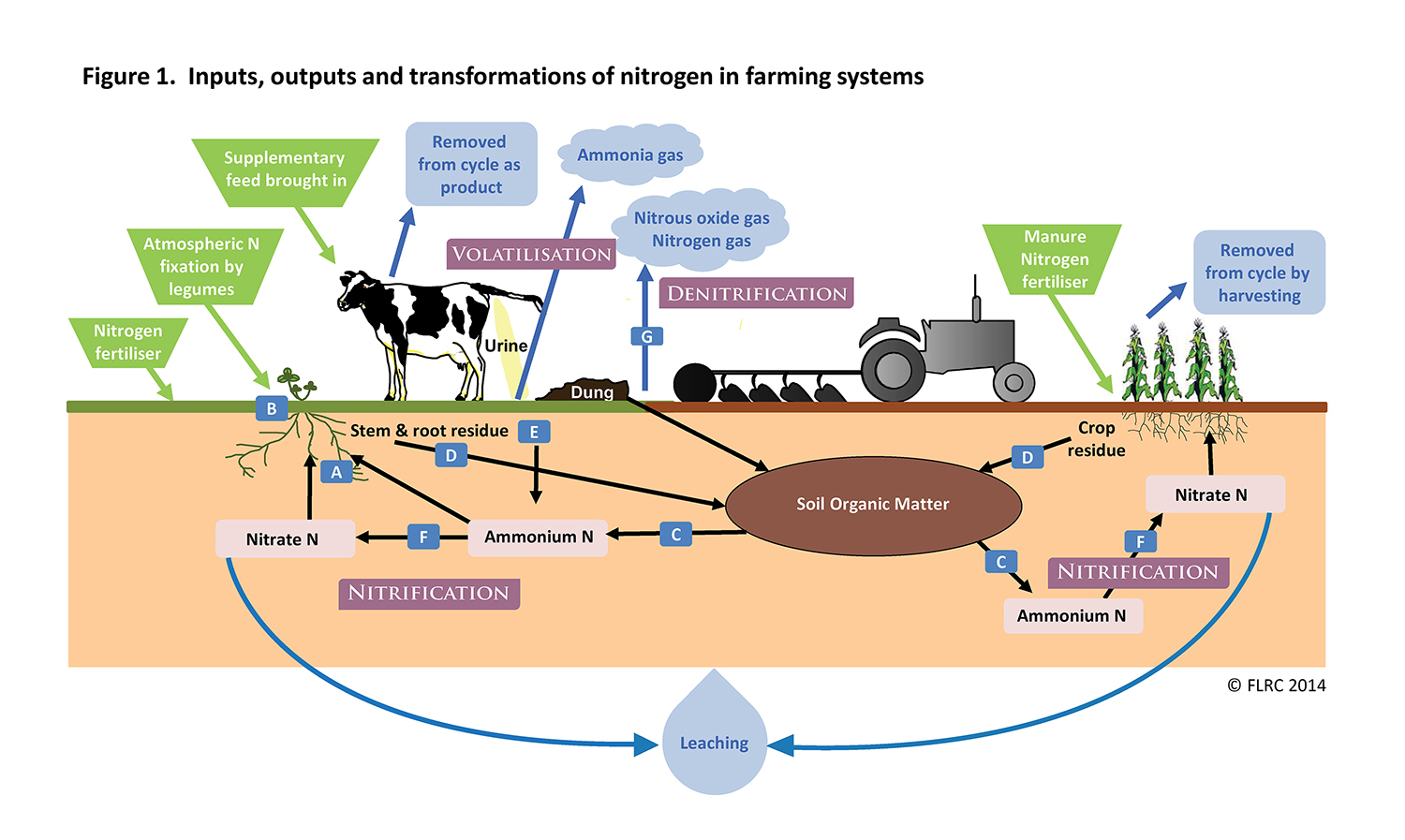Organic nitrogen into ammonia (ammonification), providing a constant supply of ammonia to be used in the process of nitrification. Although the fixation of atmospheric nitrogen is an essential part of the nitrogen cycle, ammonification and nitrification are the predominant methods by which organic nitrogen is prevented from returning to.
- The nitrogen cycle produces the fixed form of nitrogen these organisms need. Step 1: A special type of bacteria called nitrogen fixing bacteria take in atmospheric nitrogen and produceammonia (NH3).
- DECOMPOSITION AND THE NITROGEN CYCLE. When something decomposes, it gives the soil nutrients. Decomposition is the breaking down of organisms; 4. NITROGEN CYCLE. Nitrogen is for proteins ( strength ) The nitrogen cycle can start at any place, but has to continue as a cycle; 5.
Nitrogen Cycle For Kids Diagram
Next Feeding Bacteria carry out the following processes in the nitrogen cycle: Nitrogen fixation. Nitrogen gas is converted into.
This is carried out by nitrogen fixing bacteria. Nitrogen fixing bacteria need oxygen as they are. This process is quickened by the presence of oxygen and higher temperatures. These bacteria can be found ‘free’ in the soil or in found on the roots of plants such as peas, beans, and clover.
Within the the bacteria gain carbohydrates from the plant and the plant gains a source of nitrates in return Decomposition. Bacteria/fungi break down protein found in dead plants and animals, urine and into ammonia. Nitrification. Ammonia is converted into nitrates.
This is carried out by nitrifying bacteria. Nitrifying bacteria needs oxygen as they are aerobic. This process is quickened by the presence of oxygen and higher temperatures.

Denitrification. Nitrates are converted into nitrogen gas. This process is disadvantageous for the soil and plants. This is carried out by denitrifying bacteria. Denitrifying bacteria do not need oxygen as they are (therefore they thrive in waterlogged soil).
Last Updated: Sep 23, 2018 What is the Carbon Cycle (Long-Term)? Carbon is the most important element for building the molecules essential for living things. You and I are both made of carbon. Our cars use carbon in the form of fossil fuels. And carbon is also a pollutant as carbon dioxide in the atmosphere. Carbon takes up various forms. And the carbon cycle is both short-term and long-term.
Over millions of years, here are main processes of the long-term carbon cycle. 1 Photosynthesis Carbon dioxide makes up less than 1% of the atmosphere. The first step of the carbon cycle is how plants take carbon dioxide out of the air through photosynthesis. With CO 2 and H 2O in the atmosphere, light energy puts these molecules together into complex carbohydrates like glucose. In other words, producers like plants synthesize their food through photosynthesis using sunlight. If you have the right conditions, this process can repeat for centuries. They decompose and repeats for millions of years.
Overall, photosynthesis involves plants consuming energy by reacting CO 2 and water to produce oxygen and glucose. 2 Decomposition After photosynthesis, eventually plants die and decay. Over a long period of time, there will be layers of sediment building on each other. Because of the pressure and heat from within the Earth’s crust, this generates fossil fuels.
For example, coal, oil and natural gas (methane) are some of the common fossil fuels. The decomposition of dead matter generate these fossil fuel products. Anaerobic decomposition involves bacteria breaking down organic matter such as glucose into CO 2 and methane (CH 4). The result is deposits of oil, coal and natural gas. 3 Respiration Instead of decomposition, plants can either be consumed by a herbivore.
Some animals depend on plants for food, energy and oxygen. Once it’s consumed, carbon dioxide is released into the atmosphere because of cells respiration. In turn, this CO 2 produced from respiring cells can be used in photosynthesis again. 4 Combustion After extracting fossil fuels, combustion involves burning them to produce energy. For example, humans use fossil fuels to build factories, drive cars and forge cities. However, a byproduct of combustion is that it releases carbon dioxide back into the atmosphere. And as we deplete our oil reserves adding CO 2 into the air daily, this affects the carbon cycle with an imbalance of oxygen and carbon.
But there is a limit for how much fossil fuels we can extract. Over millions of years, phytoplankton resting on the ocean surface photosynthesizes and takes in CO 2. Using sunlight, it creates a molecule called glucose (C 6H 12O 6) and sinks to bottom of the ocean. Humans discovered these fossil fuels beneath the ocean and started to drill the ancient plankton which became oil.